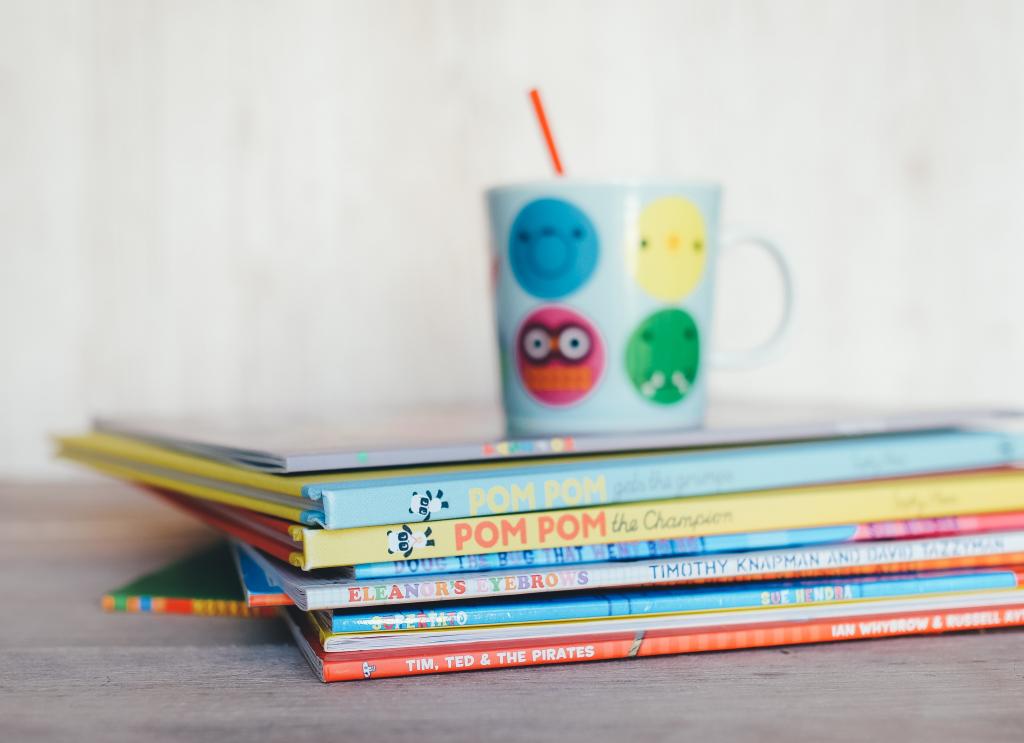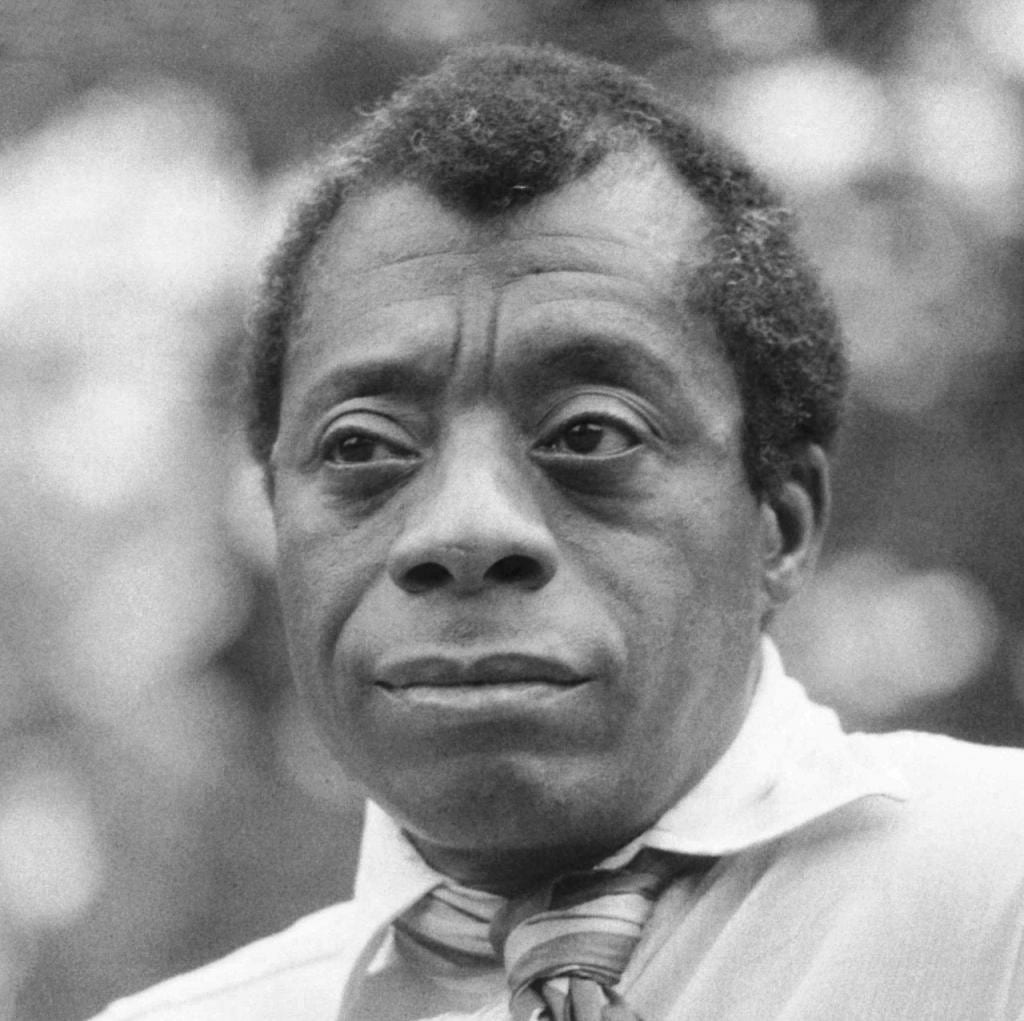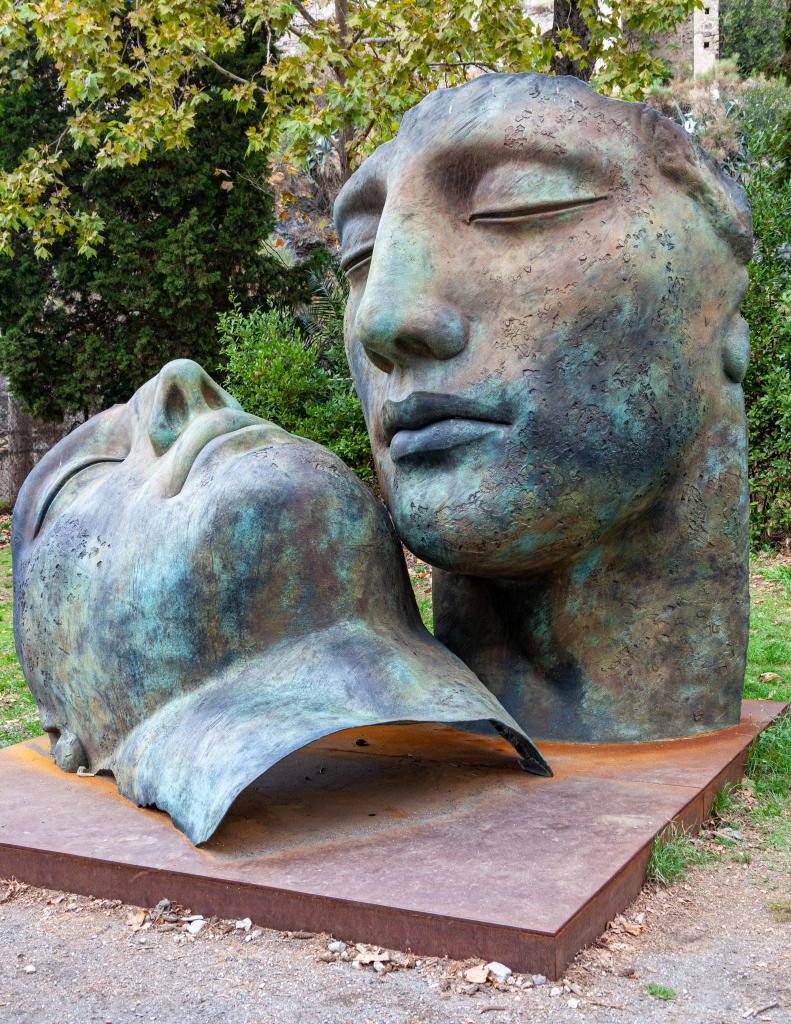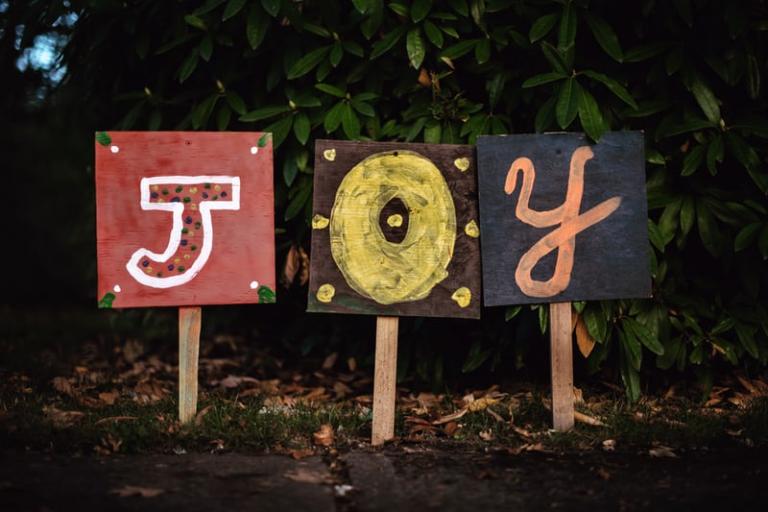Note: This article appears in SEEN Journal, Issue XVII, a publication of Christians in the Visual Arts and is used with permission.
I discovered Dostoyevsky’s Russian masterpiece The Brothers Karamazov while a senior at a fundamentalist boarding school for missionary kids. My gentle, wise AP English teacher did not assign the nine hundred and eighty-six page book, but took pleasure in recommending classic literature to eager readers like myself to devour outside of class. If I’m honest, more than half of the reason I read the book was so that I could carry the tome around, place it on my desk, and appear to look smarter than I really was.
And yet the book changed me. The book stirred my soul, fired my emotions, and made me look like a deep thinker. It didn’t matter that much of it soared over my head, because the brothers’ tale planted seeds of transformation in me. As Emerson might put it, my evangelical Christian soul practiced diving and reappearing in new places.
Dostoyevsky’s brothers functioned as archetypes for my own inner evolution. Under the watchful eyes of boarding school dorm staff and rigid rules regulating sexuality, Dmitri’s wild escapades of romance and alcohol titillated teenage hormones without my having to risk expulsion. In a context in which doubts about Christianity spotlighted cracks in faith’s foundation of certainty, Ivan’s arguments about divine injustice in a world of innocent suffering rocked me. The contemplative vision of faith exemplified by youngest brother Alyosha introduced me to a foreign and mysterious Christianity, one in which love and unity were ultimate rather than fear of divine punishment and hard lines between those “in the fold” and out.
In Philip Salim Francis’s book When Art Disrupts Religion, Francis theorizes and studies actual lives saved by art from fundamentalism. Through countless hours of ethnographic fieldwork, Francis collected memoirs and conversations from graduates of Bob Jones School of Fine Arts and Communication and an evangelical study-away program called the Oregon Extension. What he found through alumni accounts are courageous, often heartbreaking, stories of how exposure to wide-ranging art forms challenged and destabilized fixtures of fundamentalist identity: the need for absolute certainty, the divide between insiders and outsiders, the demand for all-or nothing commitment.
The choice of field sites is itself compelling and full of paradox: Bob Jones University, in Greenville, South Carolina, is known in the wider culture as one of the most, if not the most, conservative Christian educational institution in the country. The University banned interracial dating until as late as 2000, and yet has maintained a world-class arts program for decades. Biblical arguments justified segregation while the campus arts community hosted large-scale Shakespeare productions.
The Oregon Extension, for its part, is a small, evangelical program located in Lincoln, Oregon, and surrounded by the Cascades mountain range. The experience provides students from various evangelical Christian colleges with immersion into nature, simple living, and the opportunity to “ask life’s most difficult questions,” all while in conversation with influential thinkers, essayists, poets, and artists. During this intense program, lives of students and great books, such as The Brothers Karamazov, blend: Francis tells that when he visited the Oregon Extension, he slept in the Alyosha bunkhouse, adjacent to bunkhouses named Dmitri and Ivan. I would’ve been right at home.
Francis chronicles the tale of students for whom the arts tunneled an escape from fundamentalism. The study features numerous accounts of those who gradually loosened once-certain beliefs. One student, Violet W., upon reading The Last Temptation of Christ, is relieved rather than scandalized by author Nikos Kazantzakis’s portrait of a married Jesus with children. She interprets such a vision to mean that she and Jesus are not so different, after all, and concludes: “maybe, just maybe…God can see around and perhaps forgive my doubts.” (page 56)
Yet there are also those students who cut the fundamentalist chord once and for all. Several of Francis’s memoirists tell of “deconversions,” in which the deep seeing of a painting, the soulful hearing of a song, or the heart-piercing words of a book, shattered inner barricades with as much ritual and drama as an altar call. Bob Jones graduate Jakob, for example, credits hours in front of Rothko canvases at London’s Tate Modern for undoing his conservative evangelical worldview.
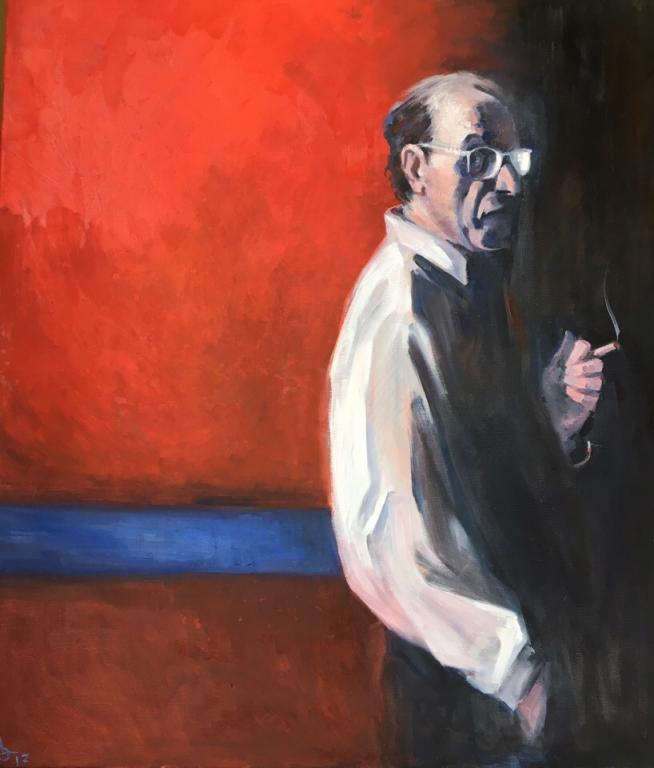
Francis is up to more in this book, though, than studying the unraveling beliefs of former fundamentalists. His treatment of memoir accounts is empathetic; his conclusions at once incisive and evocative. Ultimately, however, he is peering into the alchemical process of identity transformation itself. He wants to know not only that the arts saved some students from fundamentalism; rather, he wants to know how.
This leads him into fascinating terrain, of how students learned practices of certainty at the earliest ages, whether through child evangelism efforts or as a protective response from terror-inducing stories about being left behind after the rapture.
Yet Francis’s accounts reveal that even the most fortified believers nevertheless carried gaps in their armor of faith. Whether it was the secret eating disorder or the ever-gnawing anxiety, for these students, eventually the gaps became impossible to ignore. Even while they were not sure whether the God who was there was there anymore, the arts provided a necessary, boundary-expanding container to hold their doubts and devotion together.
When Art Disrupts Religion deserves to be read widely and carefully. Francis proves himself a top-tier scholar and talented writer, two qualities that do not always link arms. He weaves together first-person narratives alongside aesthetic theory in a skillful and warm way that does not feel clunky. Only someone who loves the manifold artistic mediums themselves, quoting Emerson and Thoreau and David James Duncan along the way, could have written such a book. No doubt the book will be revealing and informative to scholars of religion and aesthetics. And yet this book is more than an academic treatise. The stories and struggles of the featured students make it a transformative tale. And for this former conservative evangelical, the book laid bare, with profound insight, my own life.
Photo Credit: Mark Rothko by painter Denisova Olesya Alexandrovna, Creative Commons 4.0 license.


